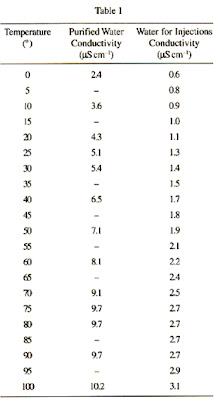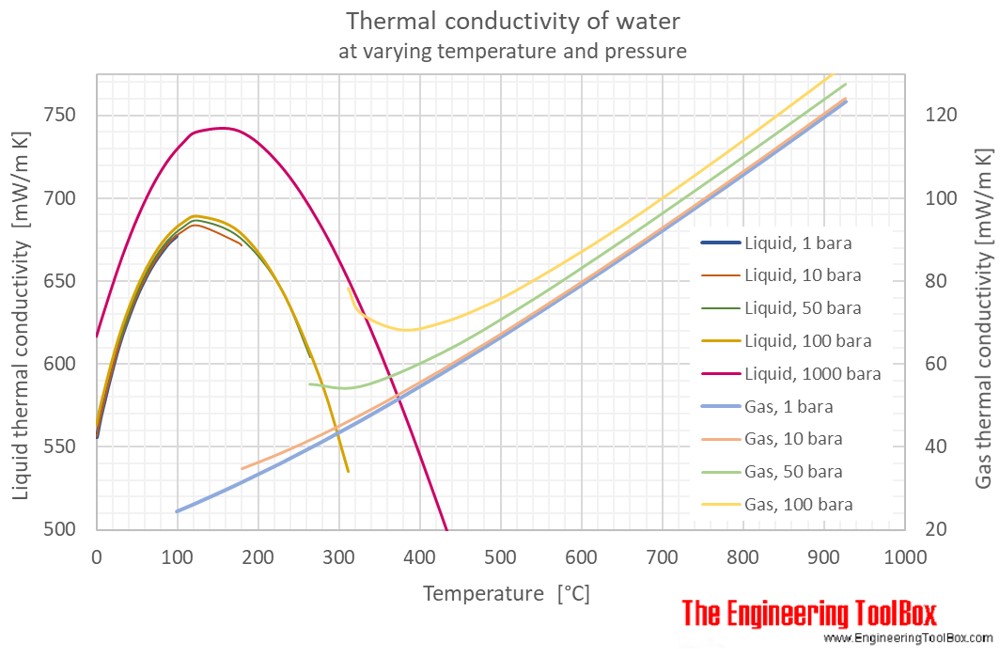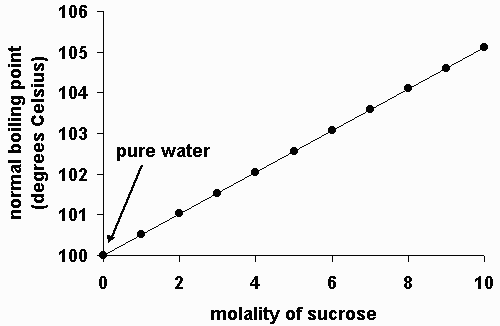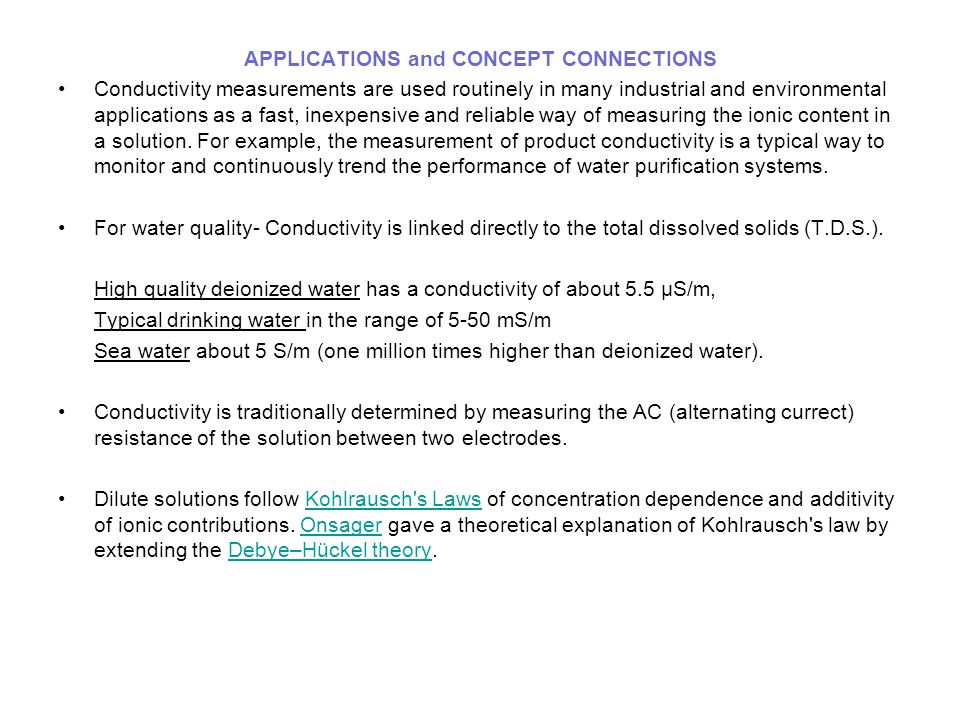Di Water Conductivity Range

It is the amount of ionized substances or salts dissolved in the water which determines.
Di water conductivity range. The de ionized water increases in quality with lower conductivities though higher grade de ionized di water will be more expensive and will take more time and energy to produce. When used along with conductivity and microbial parameters is an excellent qualitative indicator. The permeate of an ro unit varies based on the feed concentration and operating pressure. Freshly regenerated mixed bed di will give you the best results with conductivity in the range of 0 055 microsiemens us cm.
Any conductivity that is higher than 10 microsiemens cm is not recommended. Both cost and suitability are factors are important. That afore mentioned range corresponds to 1 to 0 1 megohm cm. It will degrade from there depending on feedwater quality which is why mixed bed di following polishing multipass reverse osmosis is a common method of preparing ultrapure water.
By 1 c the conductivity of mains water will increase by approximately 2 whereas that of ultra pure water will increase by up to 6. The resistivity is the reciprocal of the conductivity. Feedwater system toc levels in the range of 200 ppb and certainly below 500 ppb could be considered practically reasonable feed water quality for central systems subject to final polishing. Conductivity is traditionally determined by connecting the electrolyte in a wheatstone bridge.
Seawater has a conductivity of 50 ms cm and drinking water has a conductivity of 200 to 800 µs cm. In conclusion the proper conductivity range for di water is typically 5 10 6 s m. Conductivity is the most convenient method for testing dl water quality. Types of di water di water is classified into several types dependent on its use.
It is standard practise to correct conductivity and resistivity to 25 c a process which is carried out automatically by modern conductivity meters. High quality deionized water has a conductivity of about 0 5 μs cm at 25 c typical drinking water is in the range of 200 800 μs cm while sea water is about 50 ms cm or 50 000 μs cm. The best high. Type ii di water is also used for high end cleaning and for food grade products.
If you are cleaning high end semiconductor final cleaning of optics or high end medical devices then type 1 is the correct choice. Pure distilled and deionized water has a conductivity of 0 05 µs cm which corresponds to a resistivity of 18 megohm cm mω.









































